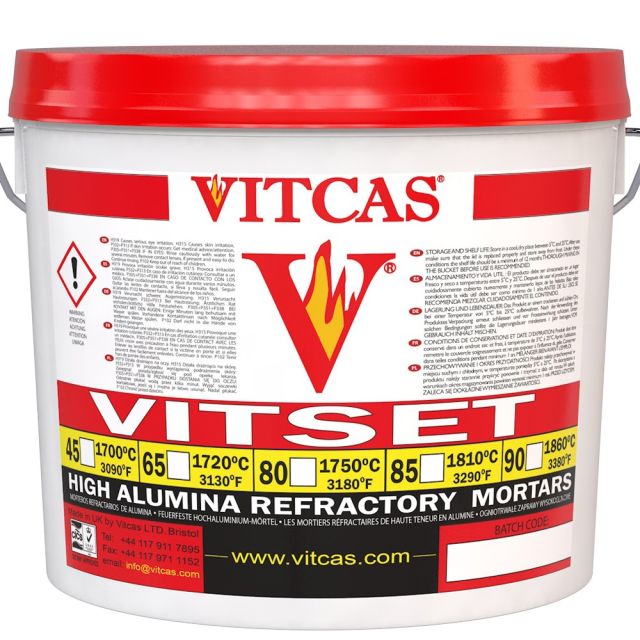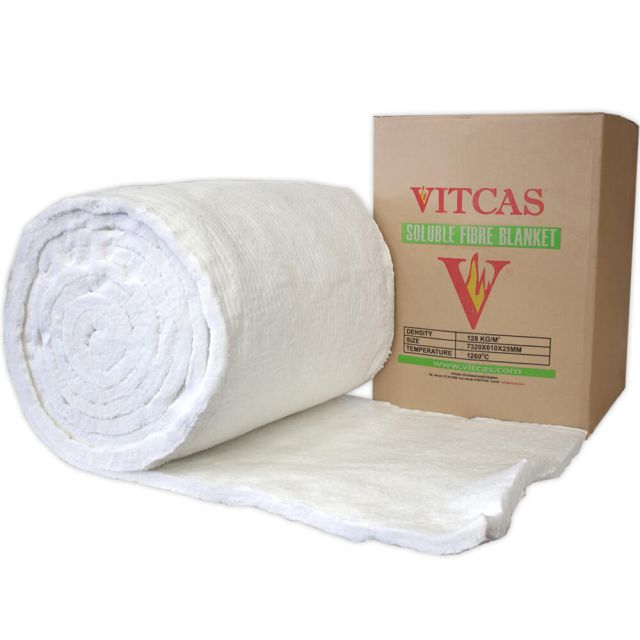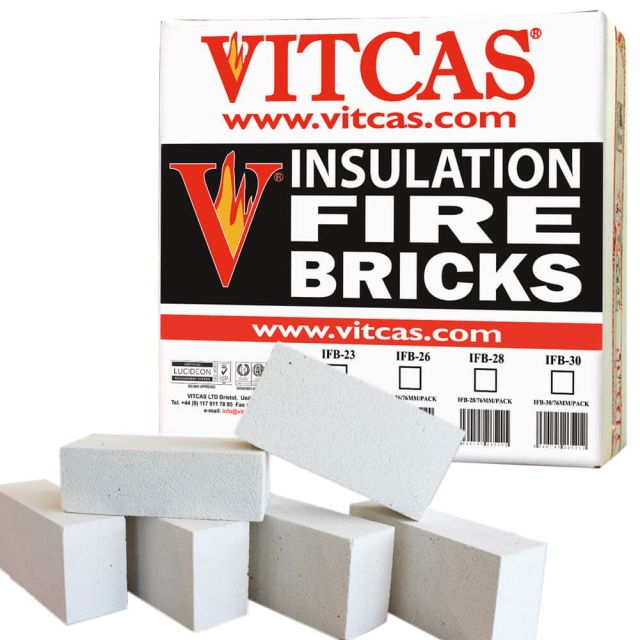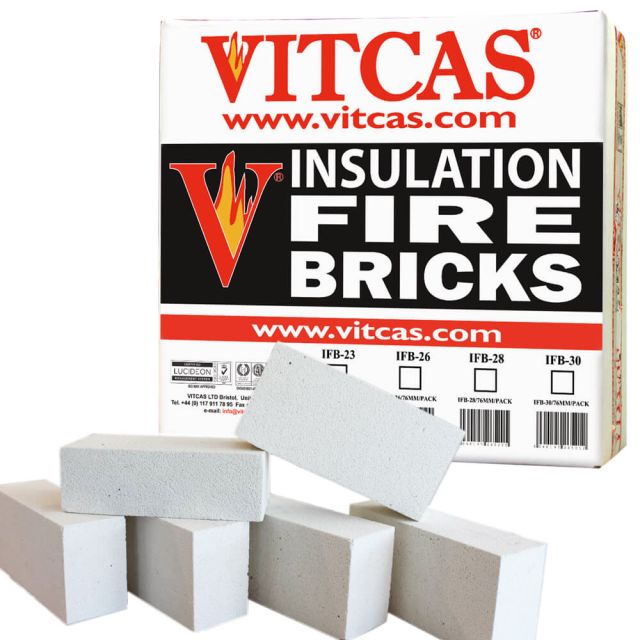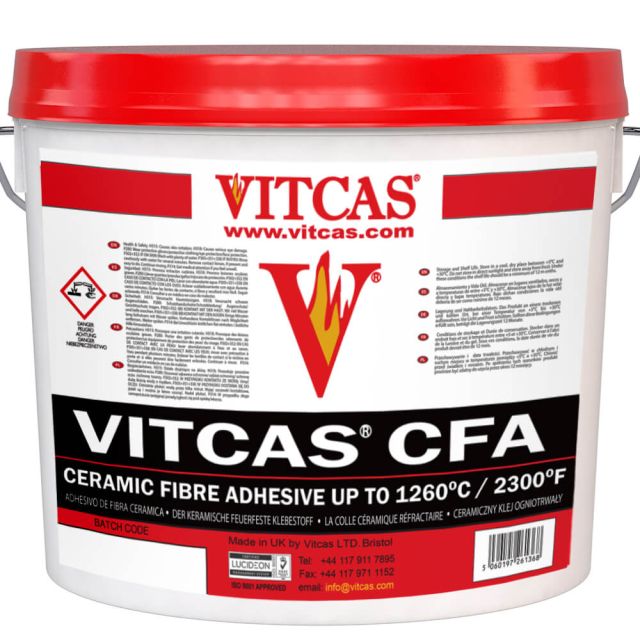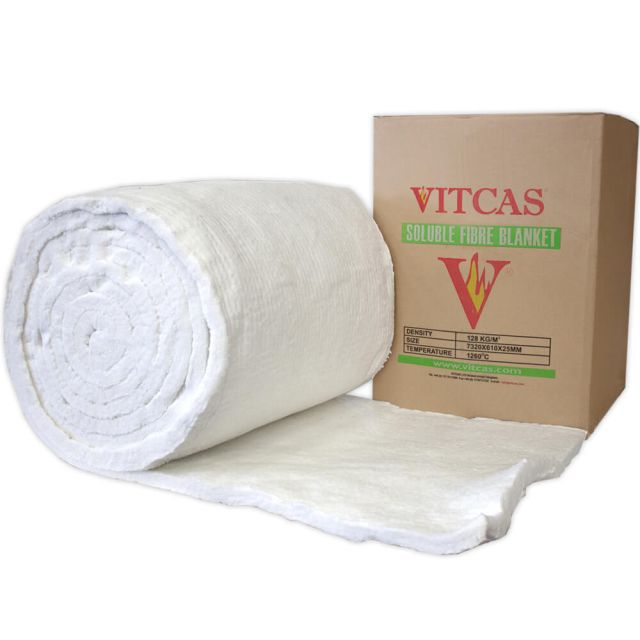Forges
Forges - Refractory Materials for Blacksmithing and Metal Heat Treatment
Building or lining a forge requires careful selection of refractory materials to optimise thermal efficiency, withstand mechanical stress, and protect structural integrity under extreme temperatures. Vitcas offers a range of specialised products tailored for use in both traditional forges and modern heat treatment furnaces.
Forges vs heat treatment furnaces
Forges are primarily used for heating metals to high temperatures to improve workability through hammering, bending, or shaping. They must reach forging temperatures quickly and maintain consistent heat during operation.
In contrast, heat treatment furnaces are used for processes like annealing, where metal is gradually heated and cooled to alter its physical and chemical properties-typically to reduce hardness and improve ductility. These furnaces require thermal insulation that supports uniform temperature cycles without rapid heat loss.
Material selection and design considerations
When constructing a forge or furnace, low thermal mass materials should be used for the walls and roof to retain heat within the chamber and avoid unnecessary heat absorption by the lining. Recommended materials include ceramic fibre blankets, ceramic fibre boards, and insulation fire bricks (Grade 23 rated to 1260°C or Grade 26 rated to 1430°C). These materials allow faster heat-up and cool-down cycles, which are especially important in forging operations.
For adhering ceramic fibre materials to the forge's metal body, a ceramic fibre adhesive is used. To protect against fibre degradation and airborne contamination, a zircon refractory coating can be applied, forming a hard, protective shell with heat resistance up to 1750°C.
In the base of the forge, where abrasion from moving heavy metal objects is a concern, dense refractory materials are required. Options include refractory castables rated up to 1400°C and dense fire bricks with 40-42% alumina content. These materials offer high mechanical strength and surface durability under heavy thermal and physical load.
In traditional coke-fired forges that include a blast pipe, mouldable firebrick is recommended to surround and insulate the pipe. This material conforms easily to shape and sets gradually when exposed to heat.
To learn more, read our blog article on how to build a forge.
Typical applications
-
Lining blacksmithing and knife-making forges
-
Building bases for metalworking furnaces exposed to abrasion
-
Heat treatment setups for annealing, normalising, or stress-relieving
-
Protecting blast pipes and high-wear structural components






